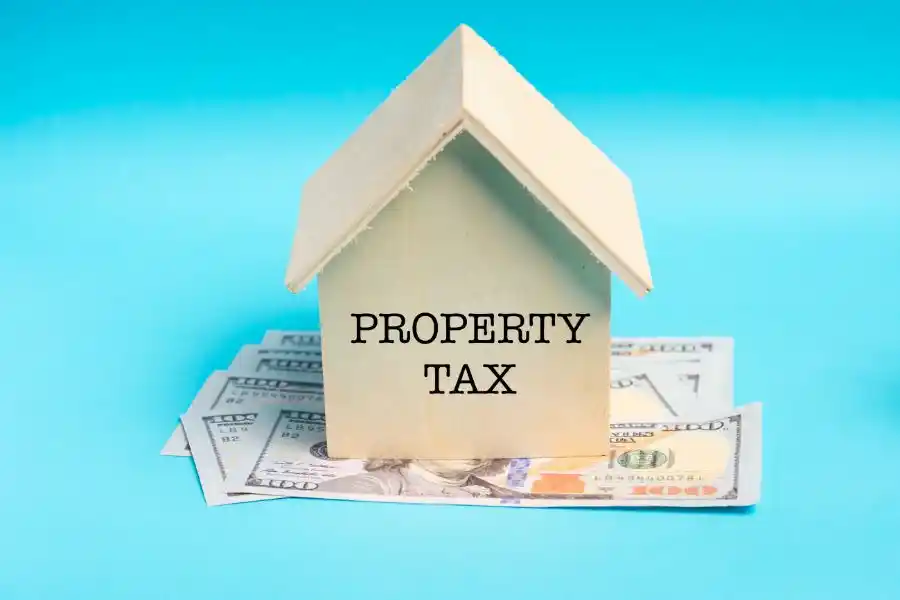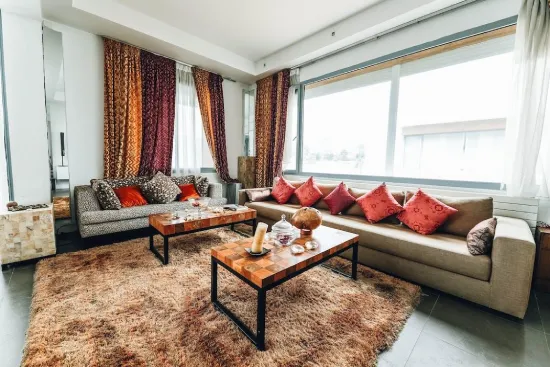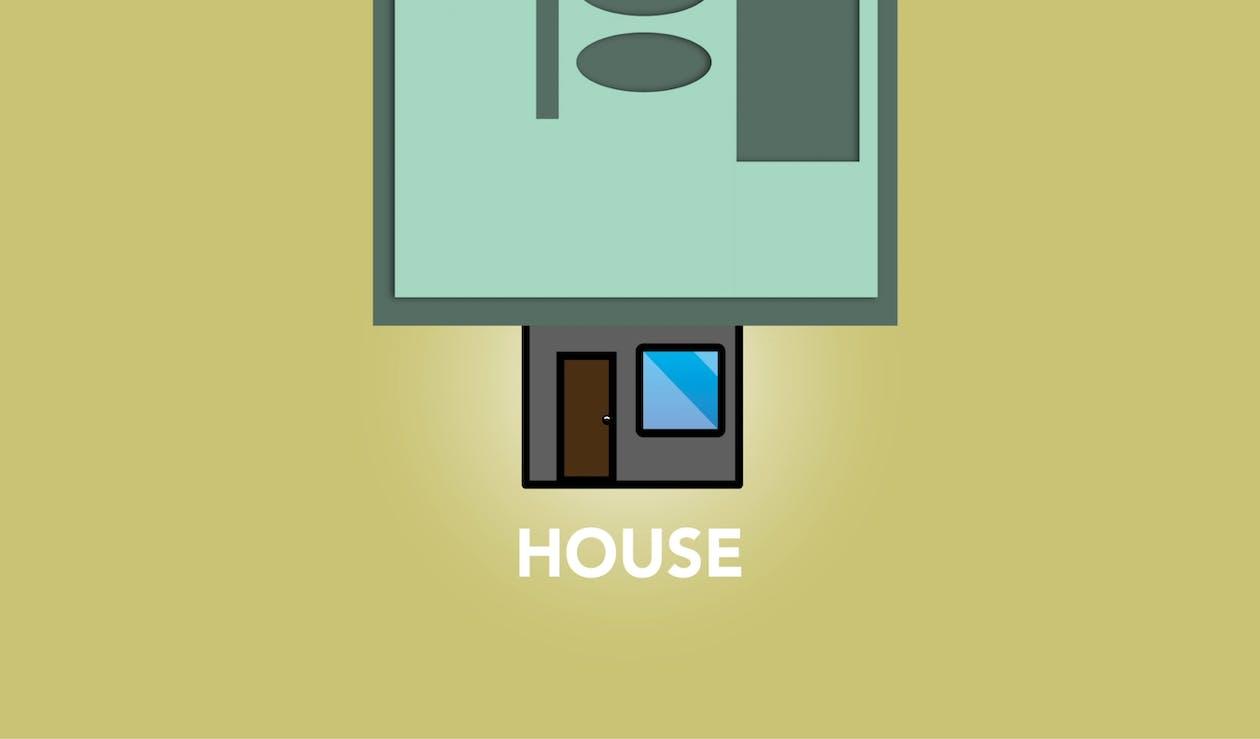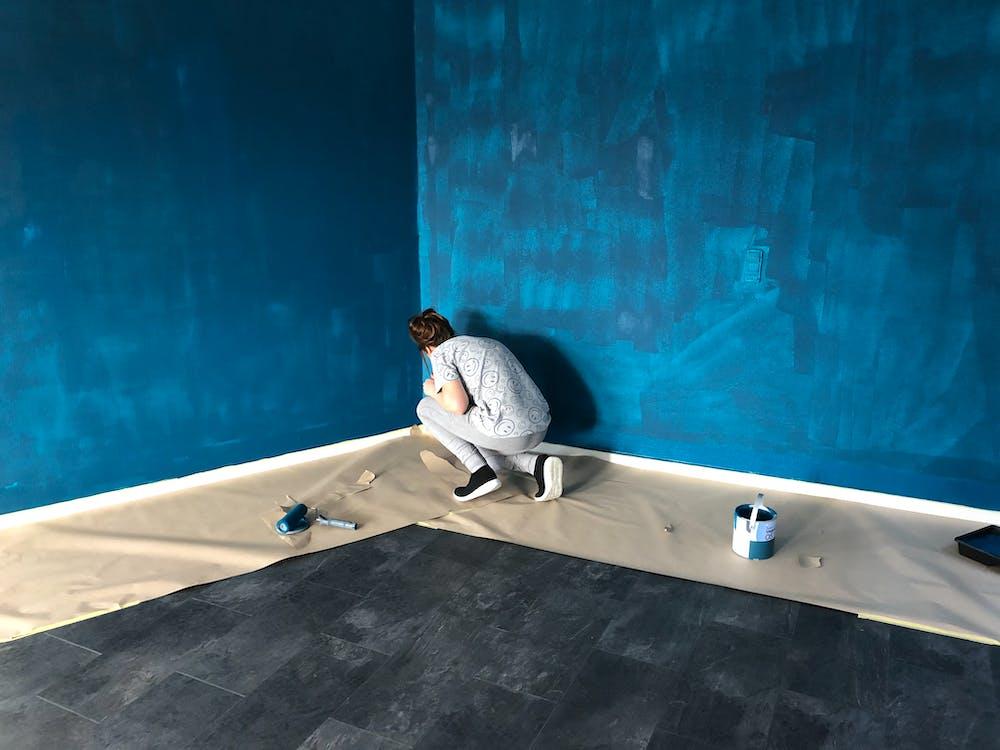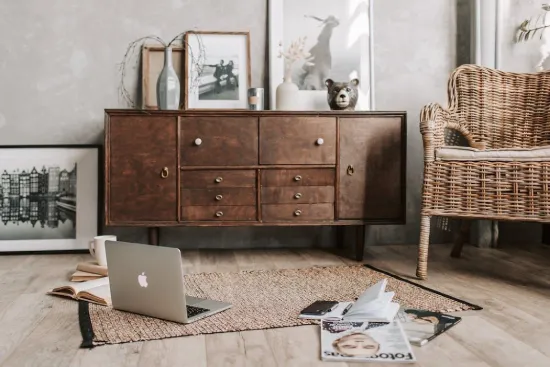Do You Need A Permit When Renovating Your NYC Apartment?
Yes. You need a permit whenever you are renovating your apartment in a way that requires you to get a new/amended certificate of occupancy. You also need a permit whenever you are making renovations that involve two or more work types, like opening up a wall to change the pipes (it involves construction and plumbing). You don’t need a permit to make surface-level/superficial changes like painting or replacing fixtures and appliances.
These permits are issued by the Department of Buildings (DOB).
Renovating an apartment (a condo or a co-op) is different from renovating a brownstone. It might not be as costly, but you will have to do more than just secure permits from the DOB. You will also need to get permission from the co-op/condominium board, and they may place their own requirements.
These requirements include getting everything done by certified professionals, buying insurance, and paying for any building renovations that become necessary after your renovation. And it can still take a lot of time for you to get their permission.
The DOB issues four kinds of permits when it comes to construction and renovations:
- NB or New Building
- Alt-1 Or Alteration Type 1
- Alt-2 Or Alteration Type 2
- Alt-3 Or Alteration Type 3
What Type Of Renovation Jobs Require A DOB Permit In NYC?
For apartment renovations, there are two types of construction/renovation jobs that you may need to secure a permit for.
Alteration Type 1 or Alt-1: Any alteration that requires an amendment in the certificate of occupancy or a new certificate of occupancy to be issued is classified as type 1 alteration. It mainly covers three things:
- Changing the use of the apartment (from residential to commercial)
- Changing occupancy of the apartment (like merging two bedrooms to one or dividing one bedroom into two)
- Changing the egress (Entry and exit) to and from the apartment. However, this kind of alteration isn’t often seen in individual apartments, but rather apartment buildings as a whole.
The Alt-1 has two other variations as well, but they have no relationship to apartment renovations. You may need to secure an Alt-1 “no work” permit if you need a certificate of residency without any alterations. There is also an Alt-1 for “New Building Requirements,” which is required when you are increasing the original floor surface area by 10% or more.
Alteration Type 2 or Alt-2: Any alteration that combines two different types of works/jobs like electrical work, construction, plumbing, etc., may require an Alt-2 permit. These Alt-2 permits may be under one of two different directives: Directive 2 and Directive 14. Type 2 alterations include things like:
- Adding a new bathroom to your apartment
- Moving a load-bearing wall from one place to another
- Changing the position of gas pipes, plumbing, or relocating electric outlets
There are also type-3 alterations, but they may not be required when it comes to apartment renovations because they are focused more on the exterior of buildings and brownstones.
What Renovations Don’t Require A Permit In NYC?
If your renovations do not require any structural change or installations that might not combine multiple work types, you may not need a permit for that. Still, the safest approach is to contact the DOB or an architect to determine whether you need a permit for a renovation job or not.
A few renovations that don’t require a permit are:
- Painting, updating wallpapers or resurfacing a floor.
- Air conditioning unit installation (less than five tons)
- Sealing, caulking, and regrouting
- Installing new appliances (Without rewiring)
- Replacing bathroom fixtures (without the need to change the plumbing)
How To Get A Permit In NYC?
The process of obtaining a permit starts with hiring the right people or firms for renovation jobs. If you are planning an apartment renovation that requires a permit, you will:
- Need to hire an NYS licensed Registered Architect (RA) or Professional Engineer (PE).
- The RA and PE will create renovation/construction plans that will have to be submitted to the DOB for review.
- If there are any objections, they have to be satisfied for approval.
- When approved, hire a contractor that will then apply for a work permit.
- Once the job is completed, it either has to be inspected by DOB representatives or in some cases, the licensed professionals can certify the work.
- Secure a new/amended certificate of occupancy in case of an Alt-1 permit.One way to make the process of obtaining permits from DOB is to hire an expediter (also called a filing representative). These individuals are intimately familiar with the DOB procedures and can navigate them more easily than a typical homeowner like yourself might be able to. They save time and the cost associated with delays in permits.




